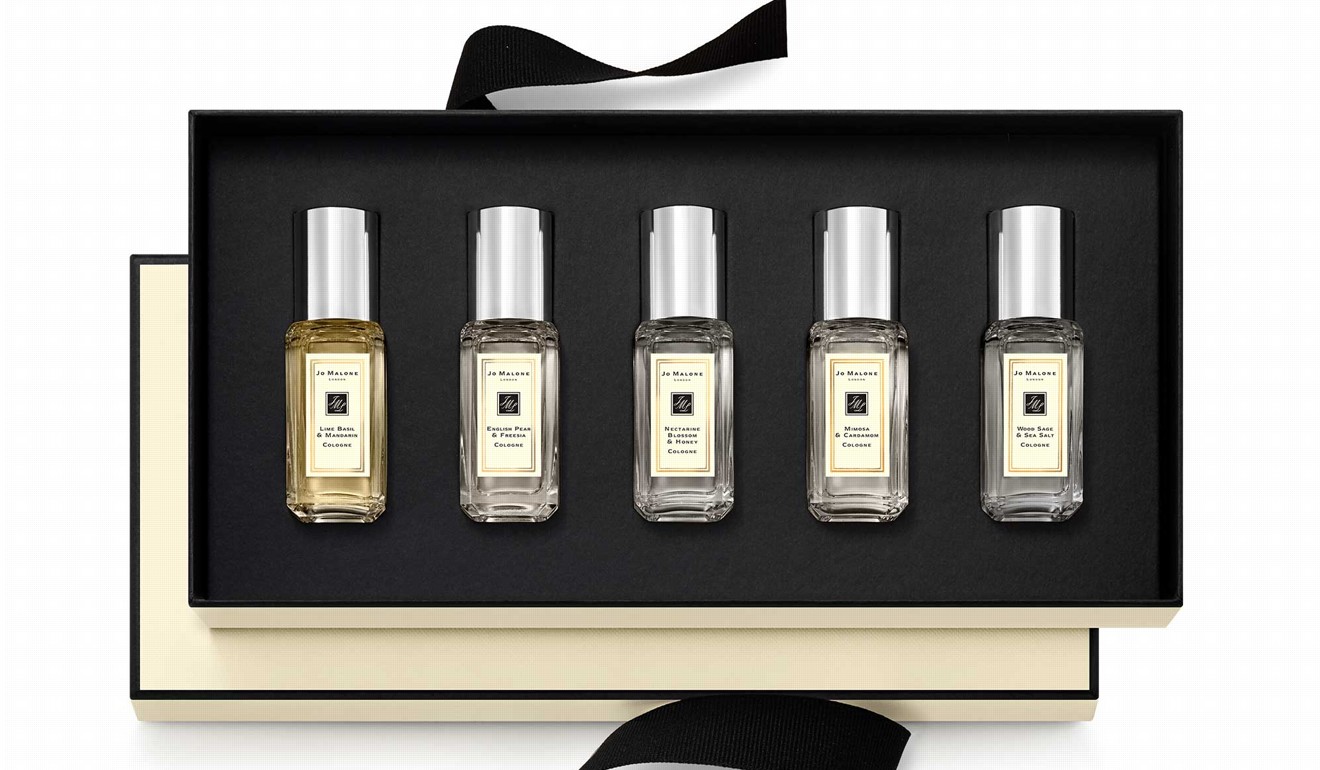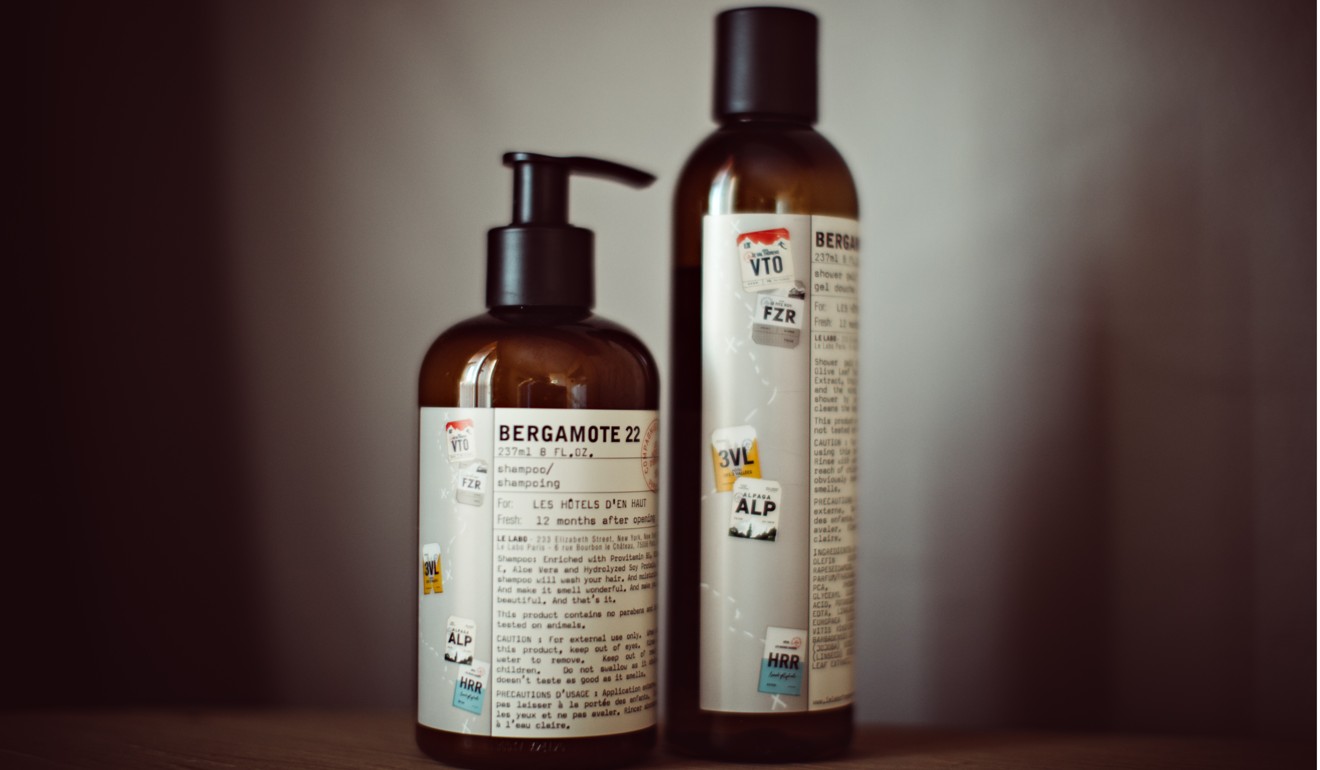
‘You can’t smell a selfie’: celebrity fragrance market under pressure to boost sales
- Mid-range and celebrity perfumes are losing popularity in established markets
- Fragrance makers are turning to more profitable high-end and bespoke perfumes
Did you buy a Britney Spears perfume gift set this Christmas? Probably not.
That’s a problem for the mass fragrance market. Mid-priced ranges, including those branded with pop stars and actresses, are falling out of fashion in many developed markets. In contrast, luxury and personalised products are growing quickly. If they are to reinvigorate sluggish demand, companies such as Revlon and Coty, which have mid-market brands in their portfolios, will also need to find ways for affordable scents to smell a little more expensive.
Asian interest in luxury fragrances growing, niche perfumer says
The US$49.4 billion global perfume market has some ground to cover. Over the past few years, the need to get Instagram-ready drove a boom in colour cosmetics, and more recently, skincare.
The trouble is, you can’t smell a selfie. Consequently, the 3 per cent compound annual growth rate Euromonitor International forecasts for fragrance between 2017 and 2022 trail its forecasts for both colour cosmetics and skincare.

But in the affordable segment, consumers are choosing cheaper options such as Primark’s scent, which starts at £2 (US$2.53). Shoppers 35 and under want to smell like themselves, not everyone else, and that’s bad news for the many celebrity products that occupy the mid range. At the luxe end of the spectrum, consumers in the US, Europe and Asia – including young Chinese shoppers – want aspirational and unusual options.
Coty has responded by slimming down its portfolio of lower priced labels since its acquisition two years ago of some of Procter & Gamble’s beauty brands. It is now focused on its luxury lines, which includes the millennial friendly Gucci Bloom and Tiffany.
These helped drive a 6 per cent increase in like-for-like sales in its high-end division in the latest financial year. Estée Lauder has bought artisan perfume house By Kilian, adding to its store of cult names including Editions de Parfums Frederic Malle and Le Labo, which offers in-store blending on demand.
Lauder is finding that customisation is key to the strength of some of its luxury and artisanal brands. Anything that customers see as being “tailored to their needs, their taste, their sensitivity, is going to sell well,” says Fabrice Weber, Lauder’s head of high-end fragrances. The company’s Jo Malone stores offer scent combining consultations, and a Tokyo location recently had an artist positioned near checkout to sketch cityscapes on boxes.

Earlier this month, L’Oreal said the first investment by its new corporate venture capital fund is in Sillages Paris, a year-old company that lets customers select the ingredients for their blends online and choose the intensity. Algorithms suggest harmonious combinations recommended by perfumers.
And there could be more deals to come – transactions in this space are a fraction of what they’ve been over the past few years in make-up and skincare.
Cult perfume brand Le Labo and the chemistry – personal and actual – behind its success
Deborah Aitken, analyst at Bloomberg Intelligence, says companies that offer personalised fragrances and bottles, and those specialising in natural and organic products, could now be a fertile hunting ground.
If mid-market producers are to kick-start demand, they will need to find ways to incorporate these trends. That’s trickier at lower price points, because a scent created by a top perfumer typically costs thousands of dollars.
The global firms should be able to manage. Producers and retailers have done a good job of taking premium trends – such as contouring and Korean face masks – into the mass market. Another example is the bottle engraving service now offered by The Perfume Shop.
If the industry does not adapt, fragrance risks being left further behind.

